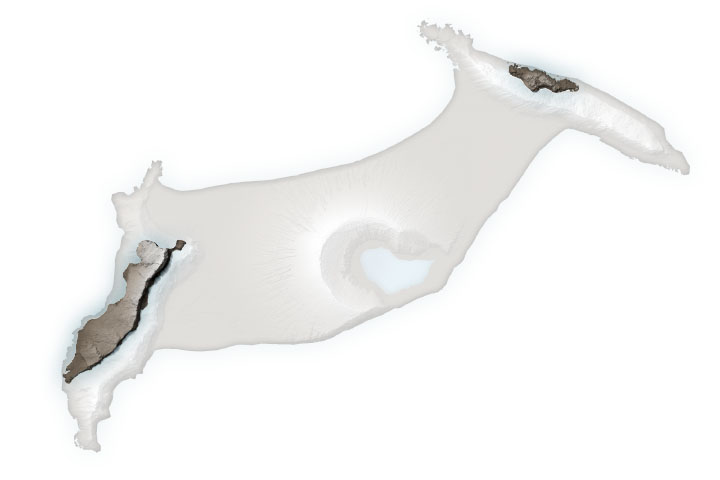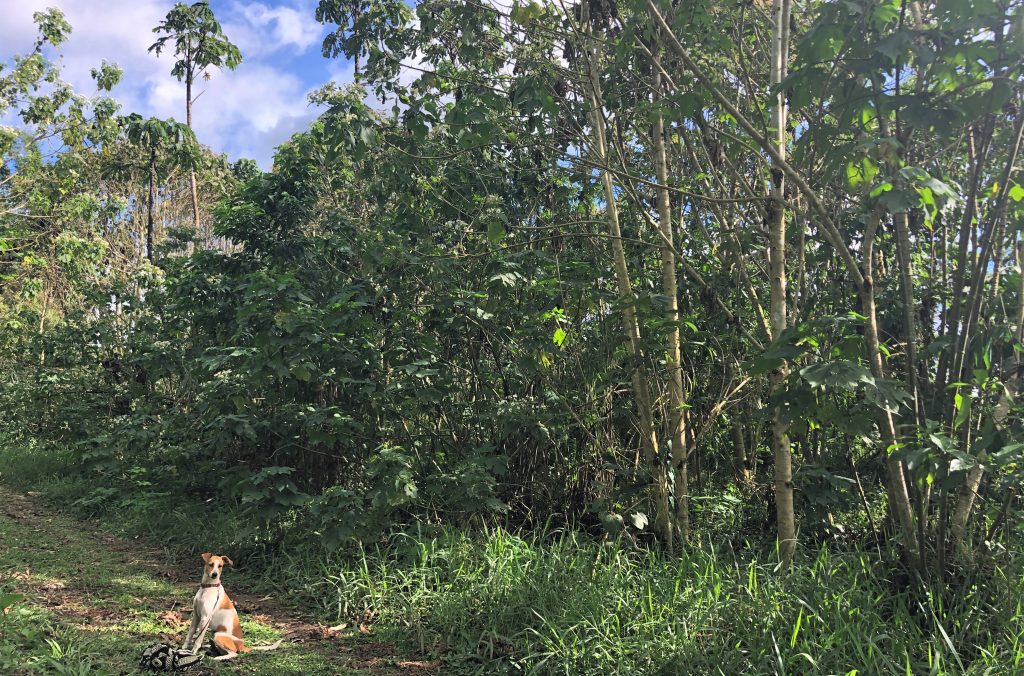
Dramatic Changes at Hunga Tonga-Hunga Ha‘apai
When a volcano in the South Pacific Kingdom of Tonga began erupting in late-December 2021 and then violently exploded in mid-January 2022, NASA scientist Jim Garvin and colleagues were unusually well positioned to study the events. Ever since new land rose above the water surface in 2015 and joined two existing islands, Garvin and an international team of researchers have been monitoring changes there. The team used a combination of satellite observations and surface-based geophysical surveys to track the evolution of the rapidly changing piece of Earth.
The digital elevation maps above and below show the dramatic changes at Hunga Tonga-Hunga Ha‘apai, the uppermost part of a large underwater volcano. It rises 1.8 kilometers (1.1 miles) from the seafloor, stretches 20 kilometers (12 miles) across, and is topped by a submarine caldera 5 kilometers in diameter. The island is part of the rim of the Hunga Caldera and was the only part of the edifice that stood above water.
“This is a preliminary estimate, but we think the amount of energy released by the eruption was equivalent to somewhere between 4 to 18 megatons of TNT,” said Garvin, chief scientist at NASA’s Goddard Space Flight Center. “That number is based on how much was removed, how resistant the rock was, and how high the eruption cloud was blown into the atmosphere at a range of velocities.” The blast released hundreds of times the equivalent mechanical energy of the Hiroshima nuclear explosion. For comparison, scientists estimate Mount St. Helens exploded in 1980 with 24 megatons and Krakatoa burst in 1883 with 200 megatons of energy.
























